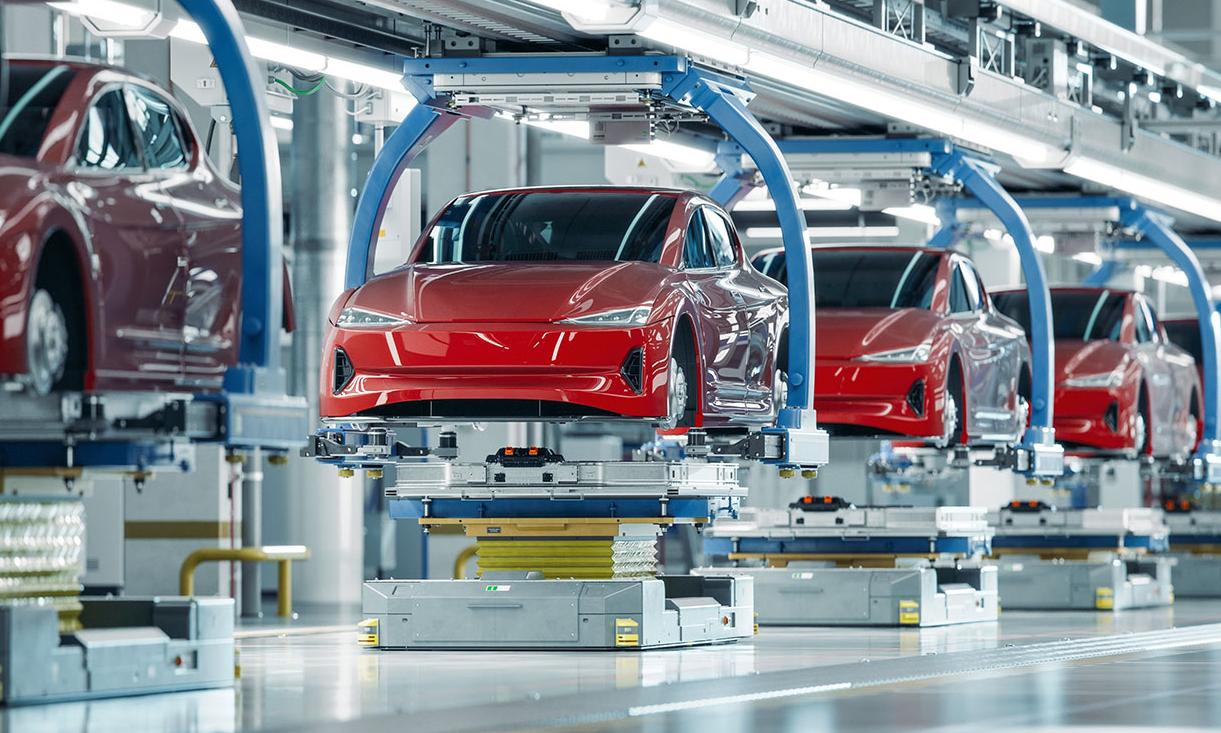India’s automotive industry is one of the largest in the world, contributing 7.1% of the national GDP and 49% of the manufacturing GDP. However, its supply chain is undergoing significant transformations, spurred by a push for localisation, electrification, and evolving consumer preferences. Let’s delve into the factors shaping this critical sector.
1. Localisation Takes Center Stage
Localisation has become a cornerstone of India’s automotive supply chain strategy. With imports of auto components reaching ₹1.63 lakh crore in FY23, policymakers are encouraging Original Equipment Manufacturers (OEMs) to reduce dependency on imports. The government’s emphasis is clear: boost domestic value addition and foster resilience in the supply chain.
Efforts are underway to localise key components such as automatic transmission systems, which currently represent a significant portion of imports. Industry leaders like Maruti Suzuki and Skoda Auto Volkswagen India are advocating for collaborative efforts between OEMs, suppliers, and policymakers to enhance local manufacturing capabilities.
2. Challenges in Achieving Localisation
While the potential for localisation is vast, challenges persist. The production of complex components, such as automatic transmissions, requires specialized talent and advanced technology. Experts highlight the need for skill development in these niche areas to meet growing demands.
Another hurdle is the dependency on imported semiconductors and electronic components. The global chip shortage has underlined the importance of building a robust local supply chain for electronics.
3. Electrification and Sustainability
The shift to electric vehicles (EVs) is another transformative force. EV adoption requires rethinking supply chains, especially for batteries and charging infrastructure. Industry players are now working closely with domestic suppliers to source raw materials like steel and reduce the carbon footprint associated with imports.
4. Policy Support and Industry Collaboration
The government’s policies, such as the Production Linked Incentive (PLI) scheme for the automotive sector, are playing a pivotal role in driving localisation. Initiatives by the Automotive Component Manufacturers Association (ACMA) and the Society of Indian Automobile Manufacturers (SIAM) are fostering collaboration to address supply chain challenges.
Sachin Kulkarni of Skoda Auto Volkswagen emphasized the need for unified efforts to localize advanced technologies and achieve global competitiveness. Industry leaders are also encouraging foreign transmission manufacturers to invest in India to meet domestic demand.
5. Future Outlook
The evolving automotive supply chain in India is a mix of opportunities and challenges. Localisation, if pursued strategically, could significantly reduce import dependencies and bolster the economy. However, achieving this vision requires overcoming technological and infrastructural barriers.
As the industry embraces electrification, automation, and sustainability, the road ahead is promising. By leveraging government support and fostering collaboration, India’s automotive supply chain is poised to become a global benchmark.







